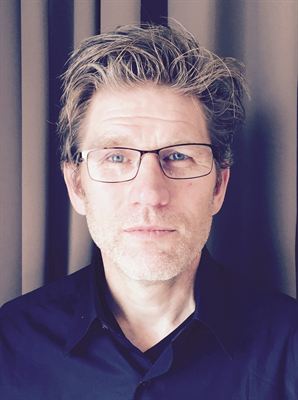Early testing can predict the stroke patients who will develop upper limb spasticity

Many stroke patients suffer from spasticity of the arm that cause pain and impaired sensorimotor function. But there are ways of identifying such patients ahead of time so that they can obtain the earliest possible treatment. Researchers at Sahlgrenska Academy have completed a study of stroke patients in the Gothenburg area.
Spasticity and related complications are relatively common after stroke, leading to poorer joint range of motion, greater pain and less sensitivity in the arm one year later.
A study at Sahlgrenska Academy, University of Gothenburg, has found that the Fugl-Meyer assessment scale, a sensorimotor test performed during the first month after stroke, predicts with a fairly high degree of accuracy the patients who will develop spasticity within one year.
A total of 117 Gothenburg area patients with an average age of 67 participated in the study. All of them had experienced poorer sensorimotor function in the arm three days after first-ever stroke. Upper limb sensorimotor function, spasticity and joint range of motion were monitored over the following year.
Arve Opheim, a researcher at Sahlgrenska Academy, says, “Our findings suggest that systematic examinations of sensorimotor function can identify patients at risk of developing spasticity so that they can obtain early treatment. Opportunities for minimizing pain, impaired function and other repercussions of spasticity will inevitably follow.”
Article: Early Prediction of Long-term Upper Limb Spasticity after Stroke: Part of the SALGOT Study appeared in Neurology on August 14, 2015
http://www.neurology.org/content/early/2015/08/14/WNL.0000000000001908.full.pdf+html
A FEW FACTS ABOUT SPASTICITY
Spasticity refers to a motor disorder caused by damage to the central nervous system. The spasms, which may arise following a stroke, have the potential to occasion pain as well. Anywhere from 40% to 50% of stroke patients develop upper limb spasticity.
For additional information, feel free to contact
Arve Opheim, Researcher
Sahlgrenska Academy, University of Gothenburg
Phone +47-9800 5122
arve.opheim@neuro.gu.se
Press Officer
Johanna Hillgren
Sahlgrenska Academy, University of Gothenburg
+ 46 766-18 4029
+ 46 31-786 4029
johanna.hillgren@gu.se
The Sahlgrenska Academy is the faculty of health sciences at the University of Gothenburg. Education and research are conducted within the fields of pharmacy, medicine, odontology and health care sciences. About 4,000 undergraduate students and 1,200 postgraduate students are enrolled at Sahlgrenska Academy. Around 1,400 people work at the Sahlgrenska Academy, 850 of them are researchers and/or teachers. 2013 Sahlgrenska Academy had a turnover of 2,4 billion SEK.
Tags:


